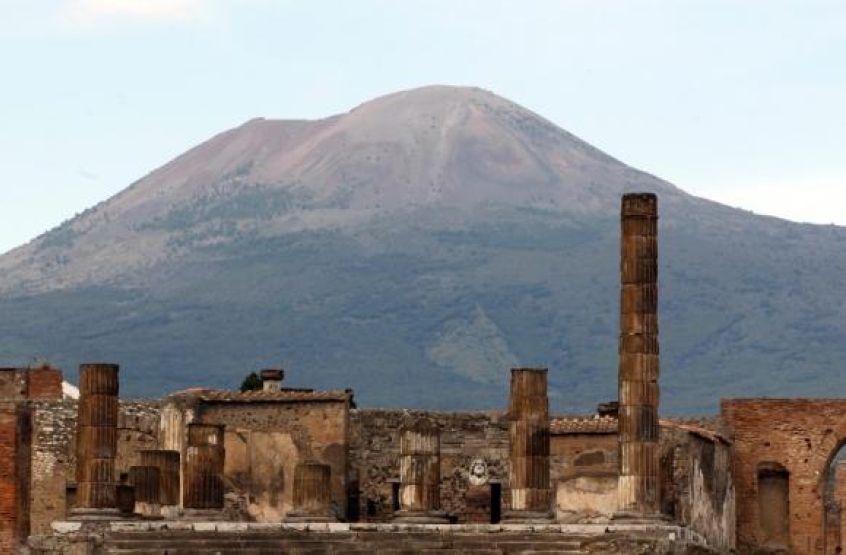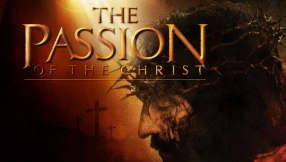
If the new X-ray tomography technique for reading papyri scrolls that currently being studied by researchers proves effective, scientists could finally uncover the ideas locked in the still-unread ancient scrolls from one of the few intact libraries from antiquity.
According to Fox News, scientists are looking at X-ray contrast-phase tomography as a method to scan and read the contents of 2,000-year-old scrolls from the Villa of the Papyri in the city of Herculaneum, near Pompeii.
The city was buried in ash when Mt Vesuvius erupted in AD 79.
Scientists had encountered difficulties in reading the scrolls using X-ray tomography because the machine had trouble differentiating the smoke-based ink used to write into the scrolls from the burnt papyrus.
X-ray tomography is designed to look at an object from different angles. The purpose is to recreate a 3-dimensional image of that object. In this case, X-ray tomography would have recreated the contents of the scrolls without having to unroll them.
The previous technique assumed that denser materials are able to absorb more X-rays, and that is where the technique failed in reading the charred papyri. "The papyri have been burnt, so there is not a huge difference between the paper and the ink," said Vito Mocella of the Naples-based National Research Council.
The scientists then looked at X-ray contrast-phase tomography, a similar technique but one that sends X-rays in a different manner. This technique makes use of what is called phase difference to recreate a three-dimensional image of the written letters in the papyrus.
Since the letters in the scrolls are slightly elevated, the technique measures the difference between the phases of the X-rays that bounce on the written letters and the ray that hit the burned papyrus itself. This difference is what's called the phase difference.
So far, the scientists have been successful in recreating the content of six scrolls given to Napoleon Bonaparte using the new technique. These scrolls are now under the care of the French Institute.
Jennifer Sheridan Moss, president of the American Society of Papyrologists, told Fox News that the new technique holds "promise."













